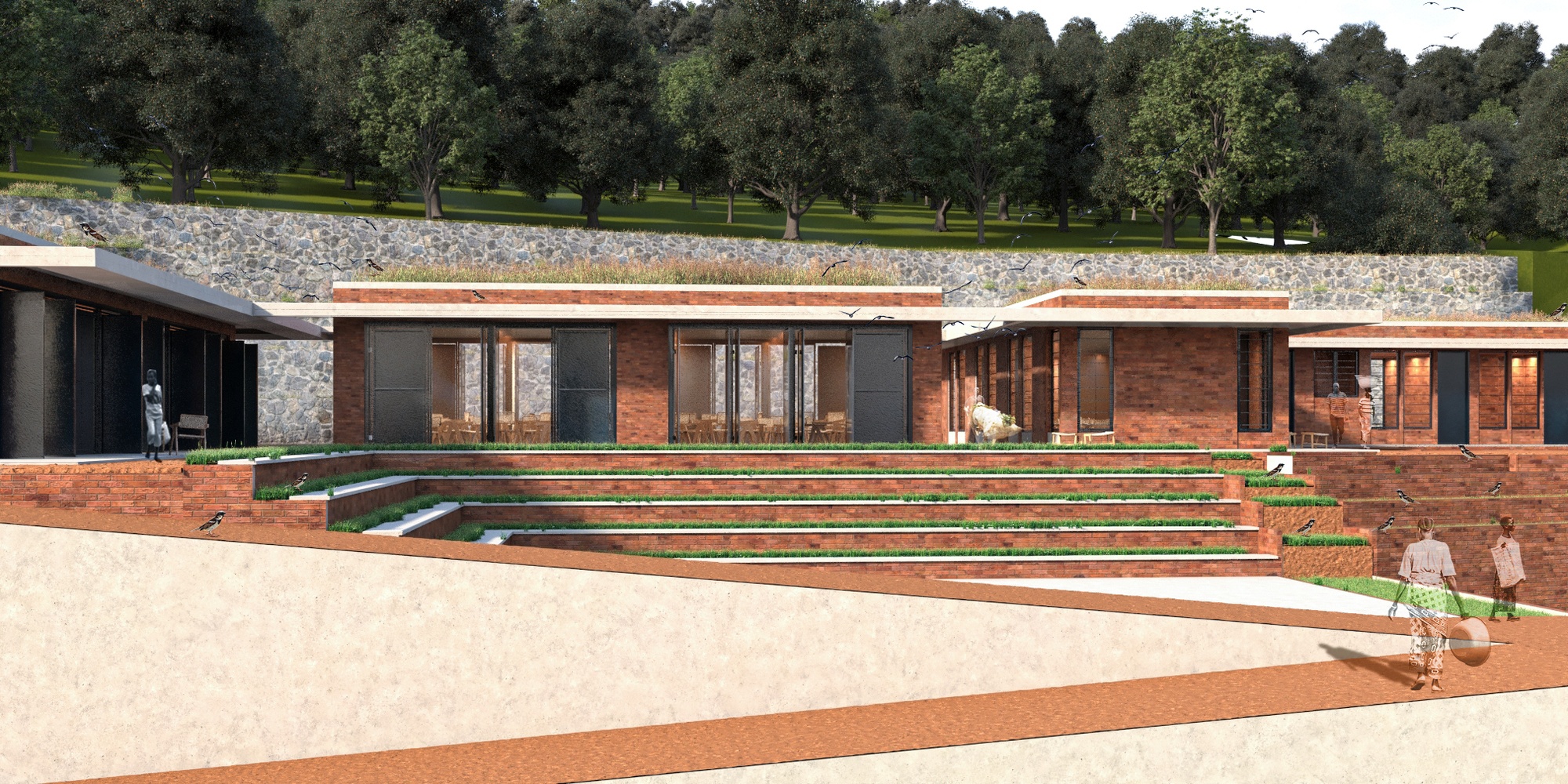As noted by Bird Life International Organization, biodiversity is fundamental to human well being for it offers multiple opportunities for development and improving livelihoods for instance birds are indicators of the health of our environment alerting us when our ecosystems are out of balance, support and regulate ecosystem services such as pollination among others. The Taita Apalis also known as Apalis Fuscigularis by its scientific name is a bird that exists only in the Taita Hills, Kenya and has been marked as a critically endangered species due to its rapid decline over the past few years. From 2001 to 2017 it was recorded to have significantly dropped from about 1200 species to 300 species and unfortunately continues to decline. It has been identified by Bird Life Kenya Organization and the Kenya Forest Services that among the major reasons for its decline is disturbances from human activities. As noted that the bird only exists in Taita Hills, the lowland area of the region experiences a hot and dry climate and as a result of the climate, increase in population and pursuit for suitable land for farming and irrigation, human migration has been towards the hills. This has also greatly affected the Taita Hills forested areas with about 98% of the original forest being destroyed. The genesis of this research was on the primary question of mitigation and adaptation processes that can be used to combat the erasure of this species, however upon further research and discussions with local practitioners actively spearheading restoration and conservation efforts within the area, it was discovered that the most integral part of the biodiversity is the forest for its ecological and cultural importance to the local community more so than the birds. This distinction is rather critical as described by Paul Gacheru from Bird Life Kenya, for a complete successful restoration and conservation process of the species, it is important to create awareness of the birds with the forests since the forest is of symbolic, identity and ecological importance to the local community attracting community participation and empowerment. It is in this consideration that the project takes into account three points of views as mitigation and conservation processes between the birds, the forests and the humans and non humans.
A
AIA CES Credits
AV Office
321M Fayerweather Hall
Abstract Publication
415 Avery Hall
Academic Affairs
400 Avery Hall
Academic Calendar, Columbia University
Academic Calendar, GSAPP
Admissions Office
407 Avery Hall
1172 Amsterdam Avenue
New York, New York 10027
Advanced Standing Waiver Form
Must be printed and returned to 400 Avery Hall
Alumni Board
Alumni Office
405 Avery Hall
1172 Amsterdam Avenue
New York, New York 10027
Architecture Studio Lottery
Assistantships
Avery Library
300 Avery Hall
1172 Amsterdam Avenue
New York, NY 10027
Avery Review
Avery Shorts
B
Black Student Alliance at Columbia GSAPP
Building Science & Technology Waivers
Bulletin Archive
C
Career Services
300M Avery Hall
Columbia Books on Architecture and the City
Commencement
Communications Office
415 Avery Hall
Conversations podcast
Counseling and Psychological Services
Courses
Credentials Verification
Credit Transfer
Cross Registration
D
Dean’s Letter
Dean’s Office
402 Avery Hall
1172 Amsterdam Avenue
New York, NY 10027
Development Office
404 Avery Hall
Directory of Classes (All Columbia University)
Disability Services
Dodge Fitness Center
3030 Broadway Dodge
Dual Degree Program Requirements
E
End of Year Show
Events Office
415 Avery Hall
External Funding Sources
F
Faculty Directory
Feedback
Finance Office
406 Avery Hall
Fitch Colloquium
Future Anterior Journal
G
GSAPP Community Fellowship Program
GSAPP Emergency Fund
GSAPPX+
Grades
Graduation
Graphics Project
H
Honor System
Human Resources
Hybrid Pedagogy Resources
I
IT Helpdesk Ticket, GSAPP
IT Office, GSAPP
IT, Columbia University (CUIT)
Identity
Incubator Prize
International Students and Scholars Office (ISSO)
N
News and Press Releases
Newsletter Sign Up
Non-Discrimination Statement and Policy
O
Onera Prize for Historic Preservation
Online Admissions Application
GSAPP Admissions 407 Avery Hall
Output Shop
116 Avery Hall
1172 Amsterdam Avenue
New York, NY 10027
Ownership of Student Work Policy
P
Paris Prize, Buell Center
Paul S. Byard Memorial Lecture Series
Percival & Naomi Goodman Fellowship
Plagiarism Policy
Policies & Resources
Press Releases
Publications Office
415 Avery Hall
1172 Amsterdam Avenue
New York, New York 10027
R
Registration
Registration: Add / Drop Form
Room Reservations
S
STEM Designation
Satisfactory Academic Progress
Scholarships
Skill Trails
Student Affairs
400 Avery Hall
Student Awards
Student Conduct
Student Council (All Programs)
Student Financial Services
Student Health Services at Columbia
Student Organization Handbook
Student Organizations
Student Services Center
205 Kent Hall
Student Services Online (SSOL)
Student Work Online
Studio Culture Policy
Studio Procedures
Summer Workshops
Support GSAPP
Landscape + Ecology: A lifeline for the Taita Apalis






